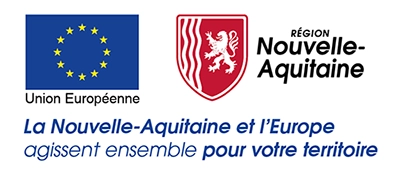Carbon Brief, the award-winning UK-based website, noted that, “The surprise package of COP26 was the adoption of a ‘Glasgow Climate Pact’, an unprecedented, lengthy and wide-ranging political decision towards a more ambitious climate response.”
While the number of countries pledging to achieve net-zero emissions over the coming decades continues to grow, we cannot depend on political will alone if we are to reach this target by 2050. Instead, we must look to the private sector, which has a significant and growing role in securing the change necessary to realize net-zero.
During COP26, President Biden announced the formation of the First Movers Coalition, a public-private partnership between the World Economic Forum and the US State Department. The coalition is designed to create early markets for emerging clean energy technologies, with a commitment to decarbonize industry and an initial focus on ‘hard-to-abate’ sectors such as aviation, steel, and trucking.
The aerospace industry is under social and political pressure to reduce its environmental impact and help meet international emissions targets. Crucially, this transition to climate neutrality will replace our current reliance on fossil fuels with one on critical raw materials, many of which the aerospace industry—among others—depends on. However, the aerospace industry already has at its disposal the tools and resources it needs to build a more resilient technology-critical metal supply chain. Better still, engaging these tools and resources will help us rapidly transition to a net-zero economy.
How IMET Alloys is helping the aerospace industry
IMET Alloys is leading the way in changing the optics on reuse versus virgin or prime material and ensuring the aerospace manufacturing supply chain reuses its high-value titanium and superalloy revert in new melts. The reuse of revert has several sustainable commercial, strategic, and environmental benefits:
- Revert generated within the manufacturing supply chain displaces the need to purchase virgin or prime material
- Revert reduces dependency on external supply chains and the associated risk of raw material leverage
- Revert requires less energy to melt
- Revert requires less energy to process and prepare for remelting versus refining virgin ore
- Revert reduces the need to mine for virgin material
The vision and mission of the European Institute of Innovation and Technology (EIT) notes, “Raw materials are essential to securing a transition to green energy technologies, to securing growth and sustainable consumption and to securing access to clean and efficient consumer technologies.”
We are engaging with the aerospace industry to manage its superalloy and titanium metals and help create a high-tech metals circular economy that meets the aims of the European Commission’s Communication, Critical Raw Materials Resilience: Charting a Path towards greater Security and Sustainability.
How we’re improving our own operations
Ida Auken, Denmark’s former Minister for the Environment, said, “Here is a way to tackle climate problems and resource problems at the same time: the circular economy’s potential to achieve climate targets is significant, yet it is not recognized enough as a key solution.”
While IMET Alloys’ activities have a positive impact on the reuse of materials within the supply chain by creating a circular economy, as a business we can do more to understand our own carbon footprint and take action to reduce it.
The wording in the Glasgow Climate Pact sets a clear expectation that countries will raise their game in 2022 and beyond. To help us meet this call to action, we’ve recently implemented three key changes:
- We’ve appointed a Global Head of Sustainability to lead, develop, influence, and deliver our sustainability strategy.
- We’ve formed a new Global Engineering Team, made up of talented and innovative chemical and mechanical engineers. The team is focused on developing new high-tech metals processing techniques and refining our existing, industry-leading processing lines, which set the standard in cleaning next-generation titanium and superalloys for reuse in future melts.
- Over the next five years, we’re committing a significant proportion of our annual global turnover to research and development to ensure we sustain raw material resilience through technological innovation and meet net-zero by 2050.

